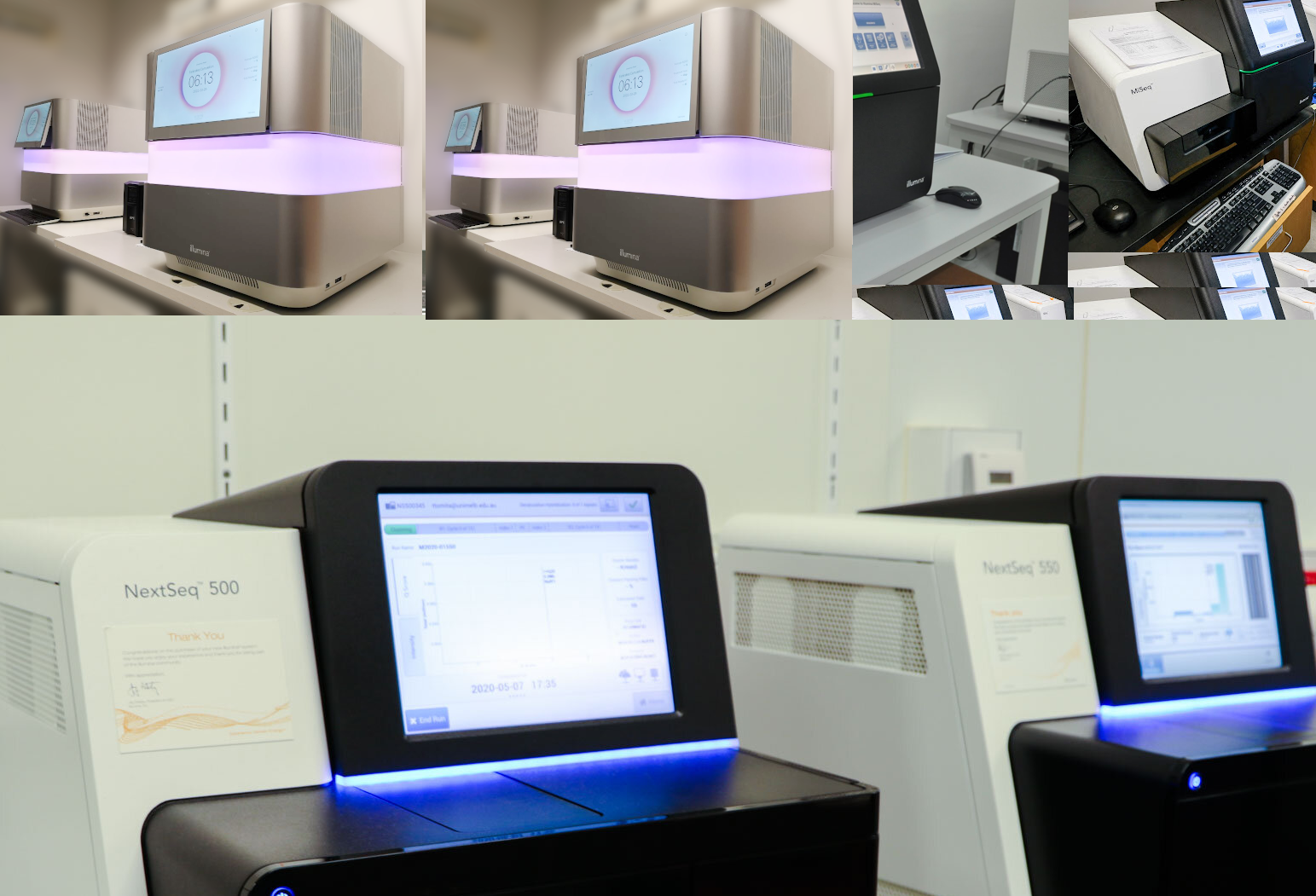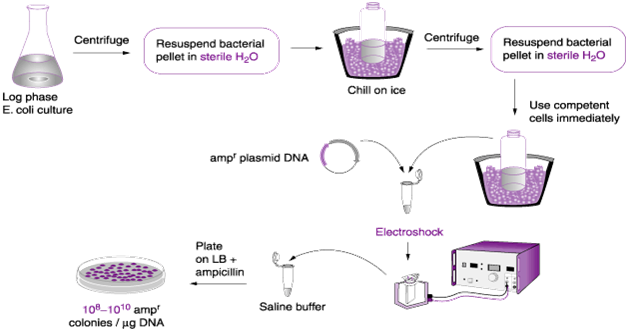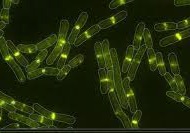Metagenomic Sequencing
Metagenomic sequencing and whole-genome sequencing (WGS) are distinct techniques, but they can generate overlapping types of data depending on the experimental setup. Here’s a breakdown of the differences and similarities:
Metagenomics is ideal for studying microbial communities in situ, where multiple organisms interact for example in gut samples, wastewater, soil or water.
- Definition of Metagenomic Sequencing:
- Metagenomics refers to the sequencing of genetic material from a mixed community of organisms (e.g., microorganisms in soil, water, wastewater or gut samples). It provides information on the collective genomes present in the sample.
- Purpose of Metagenomic Sequencing:
- Metagenomic Sequencing identifies the diversity of organisms (microbial community composition) in a sample.
- It analyzes functional genes and pathways in the community.
- It also detects unculturable organisms in environmental samples.
- Data Output of Metagenomic Sequencing:
- Taxonomic profiles: Identifies organisms in the community (e.g., species, genus).
- Functional profiles: Detects genes or metabolic pathways shared across the community.
- Applications of Metagenomic Sequencing:
- Metagenomic Sequencing is used for studying microbial communities in complex environments.
- It used for monitoring microbiome changes due to antibiotics or environmental changes.
- Metagenomic Sequencing is used for identifying novel genes or pathways.
- Challenges of Metagenomic Sequencing:
- Data is often fragmented, as sequencing reads may come from multiple organisms.
- Reconstructing complete genomes (metagenome-assembled genomes, or MAGs) can be computationally intensive and incomplete.
Whole-Genome Sequencing (WGS)
WGS is more suitable when the goal is to study the genetic makeup of a single organism in detail for example to investigate antimicrobial resistance genes (ARGs) or a mutation in the genome.
- Definition of WGS:
- WGS focuses on sequencing the entire genome of a single organism (cultured isolate) to generate a complete genome sequence.
- Purpose of WGS:
- WGS provides a detailed map of a specific organism’s genome.
- It allows for analysis of mutations, gene content, and regulatory elements.
- Data Output of WGS:
- A single, complete genome sequence (or nearly complete with advanced assembly tools).
- It enables detailed genomic comparisons between strains or species.
- Applications of WGS:
- WGS identifies genetic variants, virulence factors, or antimicrobial resistance genes (ARGs).
- It is applied in phylogenetic studies.
- WGS is applied in genome editing or synthetic biology.
- Challenges of WGS:
- It requires pure cultures of organisms for sequencing.
- It may not be feasible for unculturable species.
Comparison of Results from metagenomic sequencing and WGS
- Overlap:
- Both methods can identify antimicrobial resistance genes (ARGs), virulence factors, and metabolic pathways, though metagenomics does so across a community and WGS for a single organism.
- If metagenomic sequencing resolves the genome of a dominant species, the results may resemble a WGS dataset for that organism.
- Differences between metagenomic sequencing and WGS:
- Resolution: Metagenomics covers community-level data, while WGS focuses on individual genomes.
- Complexity: Metagenomics can provide insights into interactions among community members, which WGS cannot.
- Completeness: WGS generates a complete genome; metagenomics may provide fragmented sequences unless the data is deeply analyzed.
Discover more from Microbiology Class
Subscribe to get the latest posts sent to your email.





